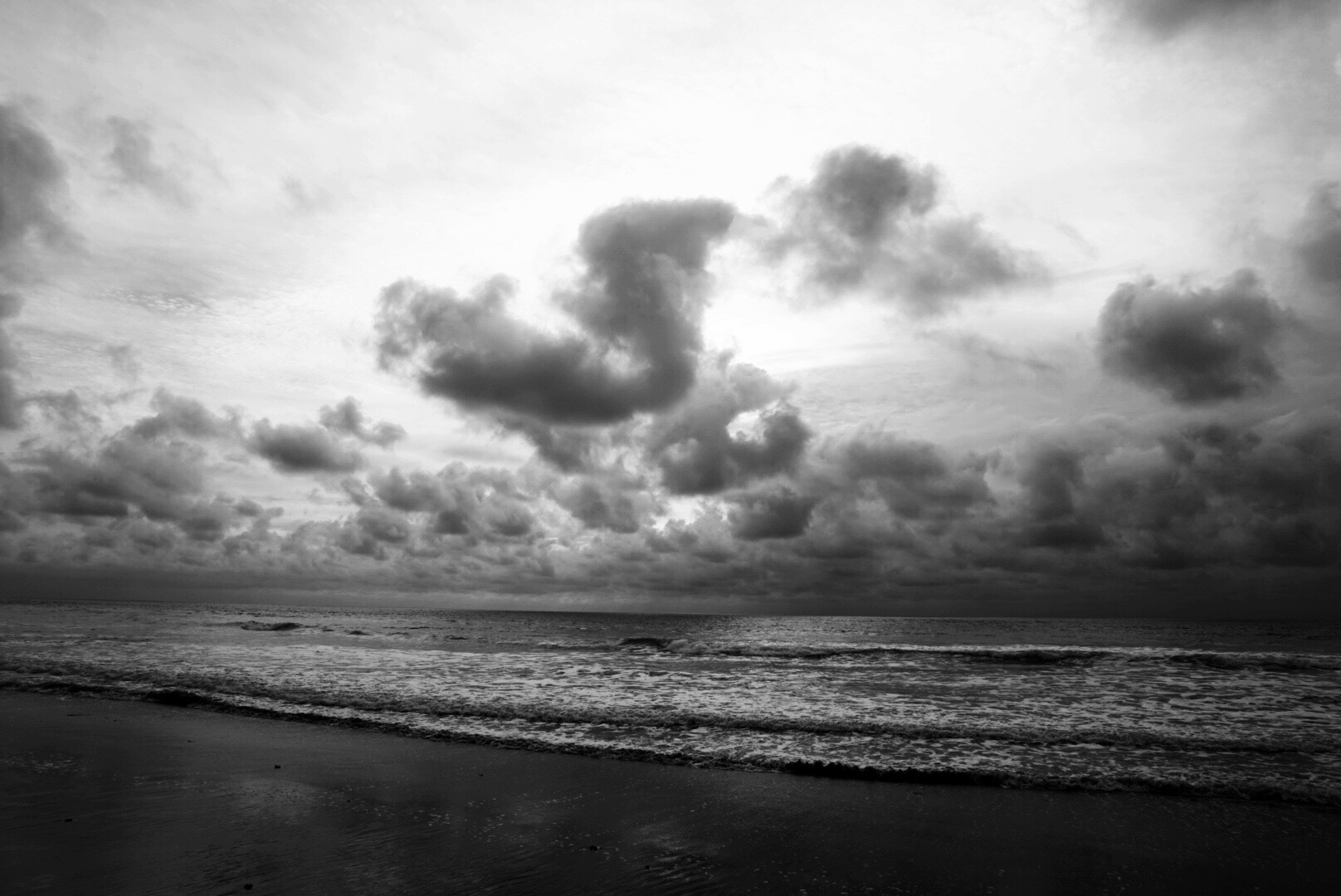I admit it, I’m kind of obsessed with dandelions. There is something about the resilience and grit of this pervasive and well known weed that enchants me. I love that dandelions spring up in our lawn, in the cracks of rocks, right in the middle of an asphalt road, along the sandy edge of the beach… Last week I read my students the book Dandelion Seeds the World by Julia Richardson which follows dandelions across all seven continents. celebrating the multiple ways their seeds spread from floating on air to hitching a ride in the fur of animals…and even in their digestive systems! After reading and talking about dandelions…and the ways we make a wish and blow the seeds (which also helping them spread), we wrote about our wish for the world. Not surprisingly, at the end of the school year, they didn’t even need an example to get their pencils moving and write some important wishes. Interestingly, many were environmental wishes–about taking care of the ocean, protecting animals, preserving trees along with a couple of wishes about treating others with kindness and respect.
I always like to pair writing with some kind of art project. In the past I’ve done a variety of different kinds of dandelion creations…but for some reason was feeling uninspired by these projects. A colleague suggested the idea of black and white photography, a la Ansel Adams. Ah…a great reminder! And strangely enough, I hadn’t gotten to Ansel Adams yet this year. So, to get students started I read a favorite book of mine, Antsy Ansel, a picture book biography by friend and writing project colleague Cindy Jenson Elliott. I knew I wanted students to go outside to take photos of dandelions–we had just spent time talking about the dandelion life cycle and the different versions of dandelions they might find (puffball, yellow flower, tight bud…). I was a bit worried though. The gardeners at our school do a wonderful job of keeping the grounds well groomed–would we be able to find any dandelions?
But when I asked the students, they knew just where to locate some dandelions. Of course, the first place they mentions is the “out of bounds” area of the school grounds where they aren’t allowed to play! (And yes, I took them there.). So we set off with iPads as cameras, taking photos of dandelions in all of their stages. Our time was short, so we didn’t have time for any editing before we needed to head out for lunch. Luckily, I took a peek at some of the photos…and was greatly disappointed. They were blurry and ill composed. Hmmm… So after lunch, I showed students some of my own photos of dandelions. I showed them the ones I would discard–the ones that were out of focus, the ones that were too far away–as well as my better photos that were crisp and really showed off the dandelion. Then we tried again. Phew! They were much better.
Students picked their best image and inspired by Ansel Adams, transformed it into a black and white photo. They also cropped it to make it a square image (for the sake of my display).
Here’s a couple of examples:



My own wish for the world is that this group of first graders continue to influence and inform the adults around them about the importance of taking care of our planet…and each other. What is your dandelion dream?


















